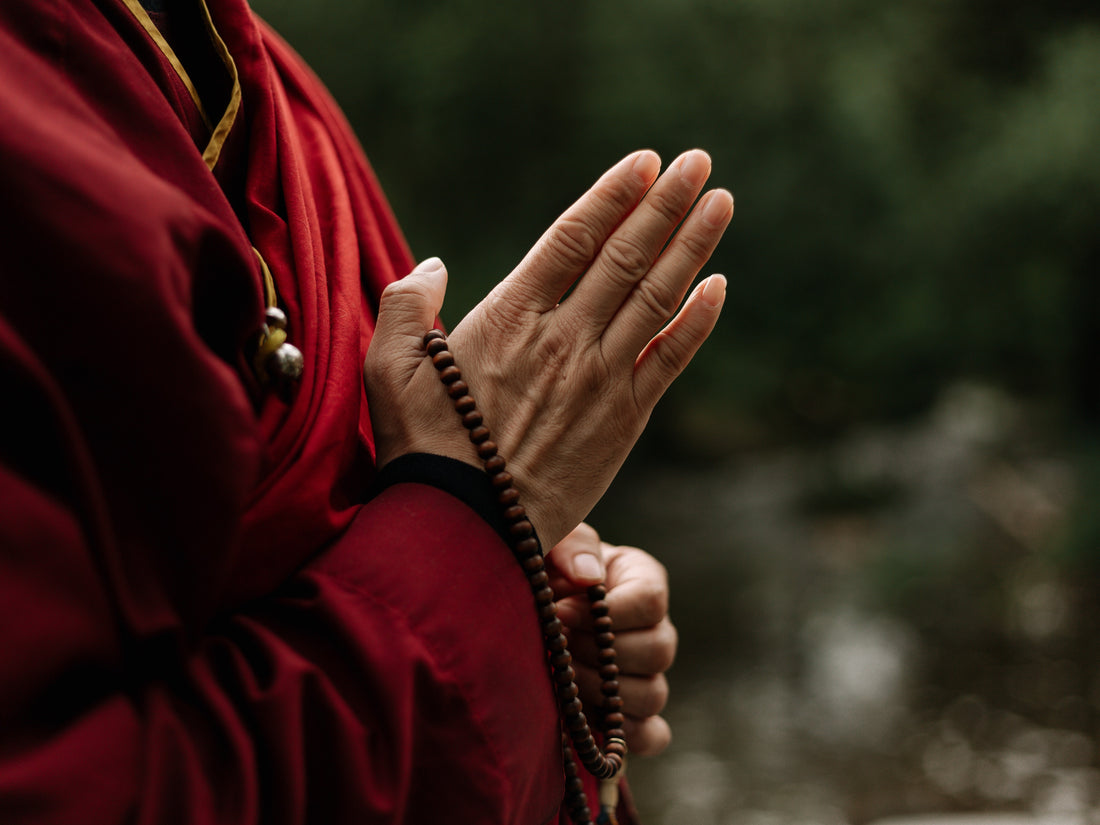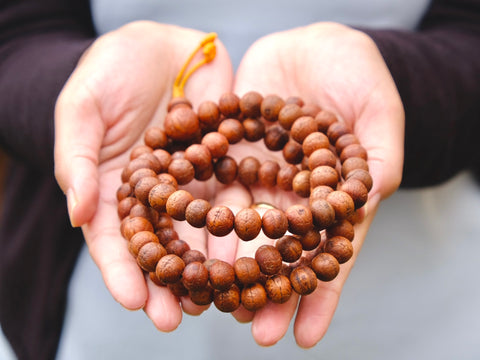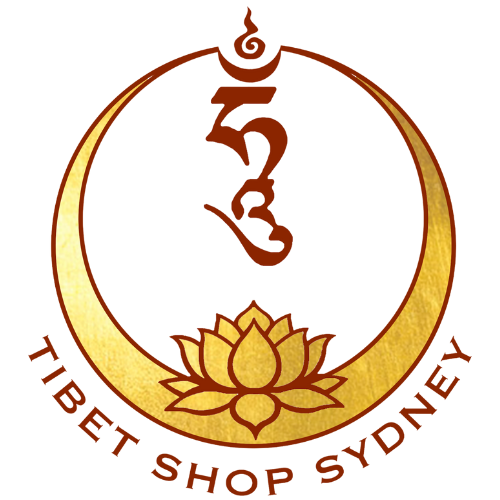
Mala Beads: A Sacred Tool
Share
Quite often people ask me what the significance of mala beads is. My immediate response generally tends to be mundane and along the lines of "it is simply a tool for counting mantra recitations".
However, there is more to mala beads than this in a deeper spiritual level. For Tibetan Buddhists, a mala is a sacred object and part of their spiritual journey that is to be respected. For example, many practitioners will use Mala beads when counting mantras and completing retreats or ask their Gurus to bless it. Just like a thangka painting is more than just paint and canvas, a mala is more than just a mundane tool for counting.
How did mala beads originate?
The most commonly heard story about the origin of malas goes back to the time of the historical Buddha. King Vaidunya once said to the Buddha: “In recent years, disease and famine have swept my country. The people are distressed, and I worry about this night and day without interruption. Ours is a pitiful condition. The totality of the dharma is too profound and extensive for us to practice, given these circumstances. Please teach me just the main point of the dharma so that I may practice it and teach it to others.”
The Buddha replied: “King, if you want to eliminate earthly desires, make a circular string of 108 bodhi seeds and, holding them always to yourself, recite, ‘I take refuge in the Buddha. I take refuge in the dharma. I take refuge in the Sangha.’ Count one bead with each recitation of these three.”
Why 108 beads?
108 is a sacred number for both Buddhists and Hindus. Generally speaking, the 108 beads exist because one round of the mala means you've completed 100 recitations. The 8 extra beads are there for any missed counts.
How to look after your mala?
“If your mala has been repeatedly blessed by great lamas, by your own teacher and by yourself as part of your deity practice, it should accompany you like your shadow.” - Guru Rinpoche
A mala should be kept in a clean environment and never on the floor or under/near one's feet. It is OK to wear a mala around the neck or wrist. Many people also have a 'private' mala that they use during various practices and retreats and others that they might wear use in a more public environment.
What materials are best for malas?
Malas are generally made from wood, seeds and precious stones, coming down to personal preference. There are also different qualities attributed to various material which might influence one's choice of material, e.g. Bodhi seeds are considered to be spiritually potent, and preferred for many Buddhist sadhanas. Others may prefer gemstone beads as they always use their malas during mandala offerings.
(Image below: Bodhi seed mala.)

What is the Guru bead? What are spacer beads/mala counters?
A guru bead is the largest bead in the mala which indicates the starting and end of one lap around the mala. The mala will contain 108 beads and an additional Guru bead. During mantra practice, the Guru bead is the teacher and the teaching that we keep coming back to. In some malas, there may also be additional spacer beads or mala counters to help keep track of the recitations
I am not a Buddhist. Can I still wear a mala?
Your intention here is most important. It is ok to wear a mala if you treat it with respect and if it represents your spiritual journey. Malas remind one to be skilful in their wisdom and method. If wearing the mala inspires you to be a better person, then that is perfectly fine (in our opinion).
What mantras can I chant with the mala?
This is up to you and any practices that you may undertake. Buddhists will use a mala during various initiations and retreats that require different mantras to be chanted a certain number of times.
How do I use the mala?
A lap around your mala starts at the Guru bead. Each bead in the mala is held between the thumb and index finger. To move to the next bead, use your thumb to slide the bead through. Recite your mantra once for every bead that you slide. Once you've finished all 108 beads, you will arrive at the Guru bead. At this point, you have completed 100 recitations (the 8 additional beads are there for padding in case you've missed any recitations). Most Tibetans will now go in the reverse direction skipping over the Guru bead.
Most Buddhists at some point in their practice will come across the Bodhisattava vows, where they make a promise to overcome all delusions. The practice of not counting the guru bead and going back in reverse demonstrates that delusions are in fact inexhaustible.
My Mala is broken. What do I do?
Malas are sacred objects. We offer a repair and restringing service for a very reasonable fee, all of which goes towards supporting good causes. We can also replace some beads or will have the closest possible match to what you already have.

Reference/Additional Reading
- Buddha Weekly - Mala: Just for counting or sacred Buddhist practice
- Tricycle Magazine - The history of Mala beads
- Tricycle Magazine - What's new and what's ancient with your mala?
- Yowangdu: Malas: How to use Tibetan Prayer Beads
- Tsem Rinpoche: Youtube Video on Mala and its Significance
Malas at Tibet Shop Sydney
- Kunga
